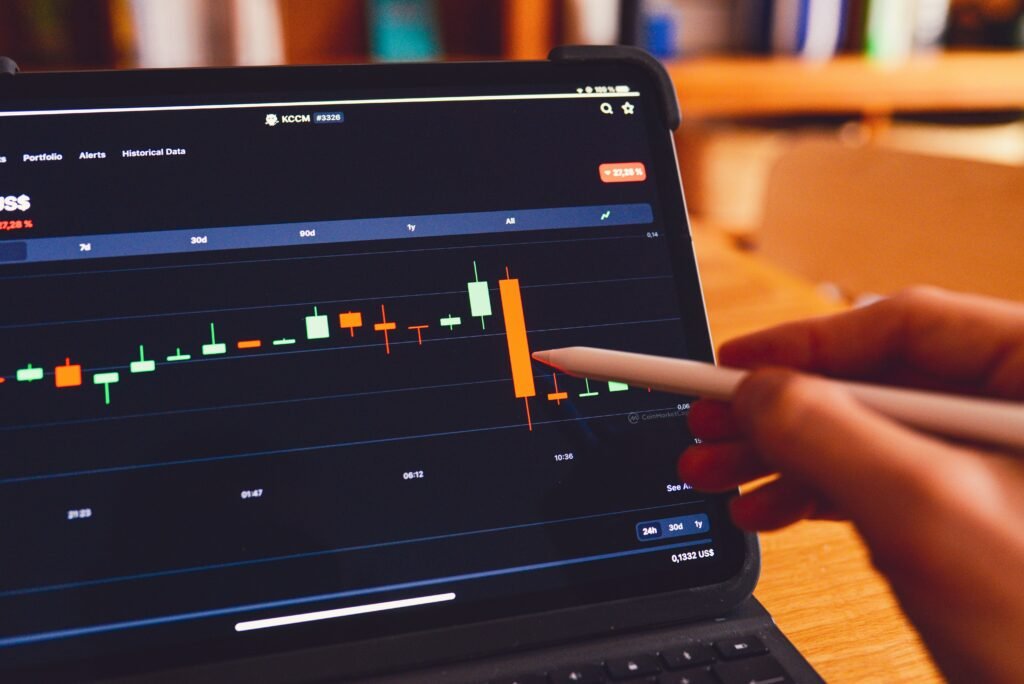By BlockAI
Lead
Researchers and platform observers warn of fast-moving posts after the Charlie Kirk killing. Early signs point to a possible botnet amplification of civil war rhetoric across X / Twitter. Identical phrases, generic accounts, and rapid reposting appeared within hours. No single group has claimed responsibility, and attribution remains unresolved. Still, the pattern echoes known disinformation strategies used to inflame political polarization.
Spike after Charlie Kirk killing
Within hours of the Charlie Kirk killing, users noted a surge of repetitive calls for violence. The repetition suggests possible bot networks pushing civil war rhetoric to wider audiences. Accounts posting the messages had low engagement and sparse profiles. That combination raised alarms among analysts tracking social media manipulation and disinformation trends.
Patterns on X / Twitter
Posts showed matching wording and near-simultaneous timing on X / Twitter. Those markers mirror playbooks from state-linked campaigns and coordinated bot activity. The activity’s footprint aligns with past Russia Doppelgänger campaigns and tactics linked to Chinese-linked networks. Still, researchers emphasize that matching patterns do not prove a named actor carried out the botnet amplification of civil war rhetoric.
Why state-linked campaigns matter
Historical campaigns have used polarizing incidents to deepen domestic divisions. State-linked campaigns amplify narratives, then let organic users spread them. This bootstrapping can convert fringe posts into mainstream trends. Observers worry a botnet amplification of civil war rhetoric could distort public perception during a volatile national moment.
AI-enabled bot detection challenges
Advances in AI make it easier for bots to mimic humans and harder to spot automation. AI-enabled bot detection challenges complicate efforts to measure who drives the surge. Platforms must refine signals like account age, posting cadence, and network graphs to identify suspicious behavior tied to bot networks.
What this means for polarization
If confirmed, this botnet amplification of civil war rhetoric would deepen political polarization and raise safety risks. Even without confirmed attribution, the spike after the Charlie Kirk killing shows how social media manipulation can escalate tensions. Analysts call for transparency from platforms and rapid third-party analysis to protect democratic discourse.
Conclusion
The evidence points to coordinated amplification patterns on X. Verification and more data are needed before naming specific actors. Platforms, researchers, and law enforcement should prioritize clear metrics to detect and counterbotnet amplification of civil war rhetoric.
Frequently asked questions about botnet amplification of civil war rhetoric (FAQ)
What is botnet amplification of civil war rhetoric?
It refers to coordinated automated posting that spreads calls for civil conflict, often via bot networks and social media manipulation.
Are bots proven behind the recent posts after the Charlie Kirk killing?
Analysts see bot-like patterns, but no independent attribution has yet confirmed a specific botnet or state-linked campaign.
How do platforms detect this activity?
Platforms use account signals, posting cadence, network analysis, and machine learning. AI-enabled bot detection challenges make this work harder.
What can users do to limit spread?
Pause before sharing extreme content, report suspicious accounts, and rely on verified news sources to avoid amplifying disinformation.



